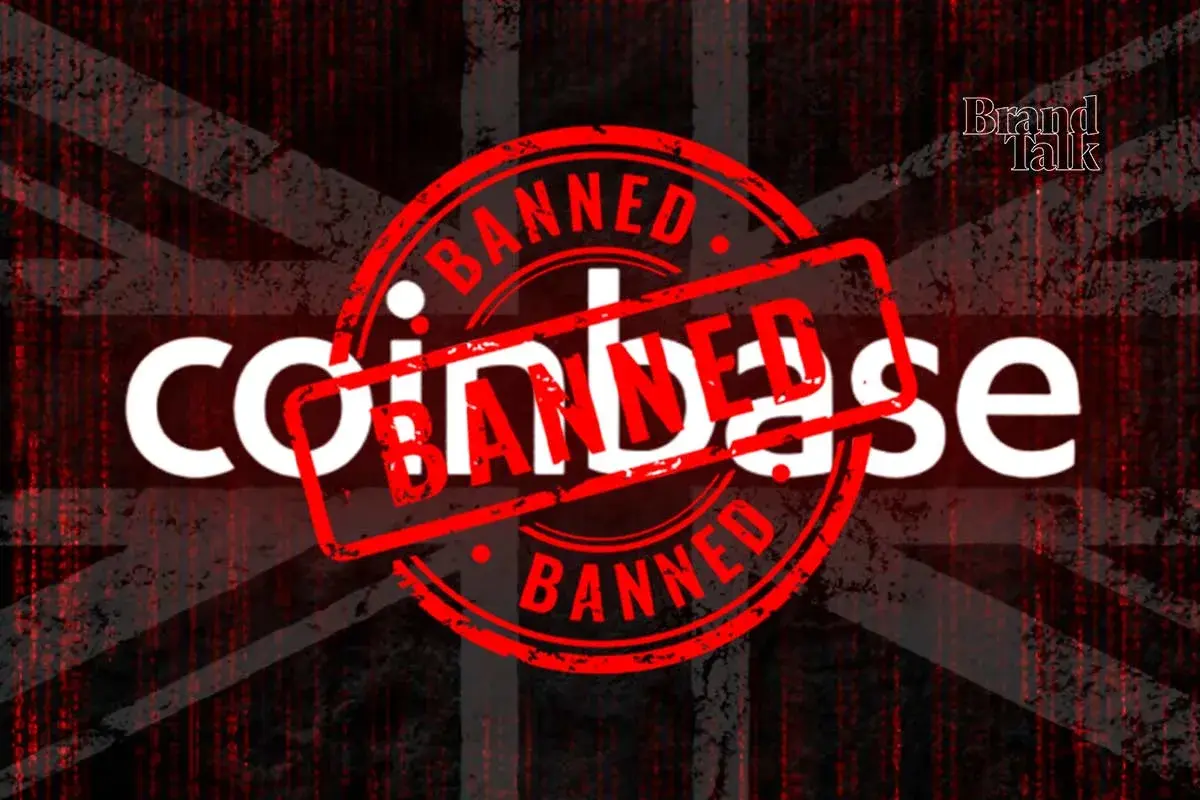Coinbase’s daring “Everything is Fine” advertisement is doing all that a web3 brand’s PR and Communications team could have ever asked for.
The ad which went live on July 31 has become the talk of the town and has earned scathing criticism and appreciations alike. Within 4 days of its debut, the ad got banned by UK’s Advertising Standards Authority (ASA) citing insufficient disclosures about Cryptocurrency volatility.
However, on August 4 when the ad got banned, the official @coinbase post of the video drove the hashtag #EverythingIsFine to become a Top 1 trending topic in the UK. The original X post received over 5 000 retweets and 20 000 likes in its first 72 hours. This leaves it to wondering that despite the ban, Coinbase continued to receive its desired outcome.
How Coinbase’s Ad Caused Streisand Effect?
Coibase’s two-minute satirical musical spot uses a creative spot. It juxtaposed an upbeat chorus and jaunty music with stark visuals of Britain’s cost-of-living pressures. It sarcastically showcases employees singing “everything is fine” despite stranded in leaking ceilings, overflowing bins, rats in the streets, unaffordable food prices, job losses, cramped housing and delivery-driver gigs.
Within five days of posting on YouTube, i.e., from July 31 – Aug 5, the ad amassed 109 000 views. This far exceeded engagement on typical Coinbase campaign videos.

This is where the Streisand effect came into play in real time. The Streisand Effect is a social-media phenomenon in which efforts to suppress or censor information inadvertently draw far more attention to it.
Any attempt to hide, remove, or restrict access to a piece of information instead of curbing leads to widespread public interest in that very information. Coinbase’s ad after being banned saw its distribution being accelerated on all the social media platform – from Linkedin, Reddit to X – with leading VCs and founders offering their opinions.
Also Read: Metaplanet Launches Online Clothing Store
Community Reaction – A PR Win?
While some called the ad campaign a fierce win against the regulators, few criticised the campagin for relying on “negative emotions” and offering only crypto as the everything solution.
Carnod Young, Paragon founder said, “If you’re positioning yourself as the rebel brand trying to modernise the system, clashing with outdated regulators and legacy institutions, having your call to arms pulled from broadcast is about as validating as it gets.”
Cassian Horowitz, Head of Strategic Communications at UK Prime Minister’s office said, ” We’re seeing a new dynamic where regulatory rejection becomes the marketing strategy. Where the conversation is about the making of the ad, not the ad itself. A world where everyone is so politically-charged, content is secondary; the alignment of the company and its leaders is what really interests people.”
Calling it the “most depressed ever ad seen”, Andrew Tindall at London-based ad agency, System1 said, ” The most depressing ad I’ve seen in a while. Does rage grow brands?
Also Read: Bitpanda co-founder and CEO Steps Down
Investment disclaimer: The content reflects the author’s personal views and current market conditions. Please conduct your own research before investing in cryptocurrencies, as neither the author nor the publication is responsible for any financial losses.
Ad Disclosure: This site may feature sponsored content and affiliate links. All advertisements are clearly labeled, and ad partners have no influence over our editorial content.

